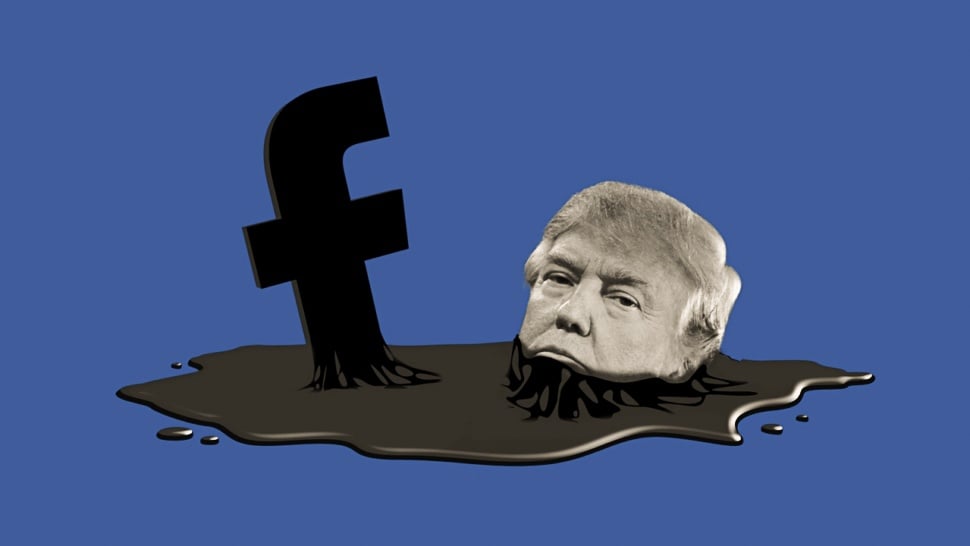The phrase “fake news” has been in the news a lot over the past several months. From reports on the internet plague’s impact on the election to major news networks like CNN being accused of contributing to the problem, discussion of the perpetrators behind it and its negative effects are a constant in the headlines. What’s being done to curb the spread of fake news, though?
You might not have heard of Storyful, but it’s almost certainly a part of how you get your news. For eight years now, this office in Dublin, Ireland has been fact-checking viral media in real-time to ensure that it’s legit before networks like NBC and CNN run with a story. Founded in 2009 by journalist Mark Little, its initial goal was to debunk bogus news during the Arab Spring and has since been utilized by outfits like The New York Times, to validate for example the story of an Iraqi soldier who survived an attack by ISIS fighters. They’ve worked with everyone, from major news outlets to the cab driver who filmed Hillary Clinton fainting in September at Ground Zero – the footage reportedly earned him six figures.

Videos such as the footage of a plane crash near Abbottabad, Pakistan are checked for validity by 40 journalists around the globe who work for Storyful, like Alan O’Riordan who contacted the person who tapped the crash and then checked the area in the video with images from Google Earth. So far, they’ve approved 250,000 videos, and back in November released a Google Chrome ad-on called Verify that tells users if the video they’re watching has already been vetted.
Not surprisingly, this has made Storyful a very successful company, with its revenue skyrocketing in 2016 to eight figures (around $25 million). “Fake news has dominated 90 percent of our conversations,” said Storyful Chief Executive Officer Rahul Chopra. While the flood of fake news is certainly keeping Storyful busy, filtering out the increasing amount is challenging. Many fake news stories are written by Eastern European teenagers simply looking for a quick buck and have tailored them for the spread on Twitter and Facebook. Fake news headlines have become so prominent and refined that Forbes reports they’re able to “fool American adults 75 percent of the time.”

Apple CEO Tim Cook recently spoke out on the dangers of fake news saying that it’s “killing people’s minds” and announcing a call for a massive PSA campaign to fight it. “We need the modern version of a public service announcement campaign,” said Cook. “It can be done quickly if there is a will.” Cook says that the importance of educating children about fake news is crucial because at a young age they’re more open to listening. Larry Chiagouris, a marketing professor at Pace University who has been studying the phenomenon agreed that the real solution is education in school, but “not college, grammar school.”
While Facebook and Google have announced their own campaigns to combat fake news, Storyful plans to keep plugging away at vetting reports and refining their methods for tripping up those spreading phony ISIS propaganda and alt-right hateful rhetoric. “Let’s figure out ways to close these highways for known bad actors,” said New York Storyful staff writer Ben Decker.
Photo credit: The Intercept

